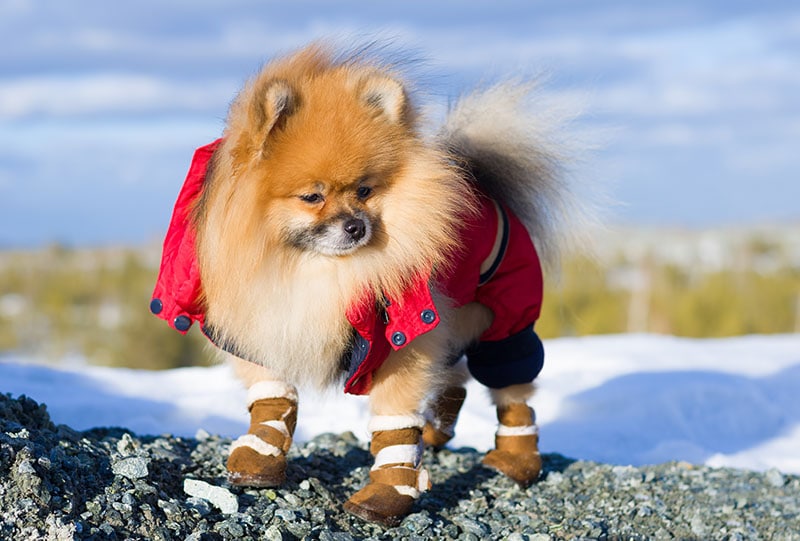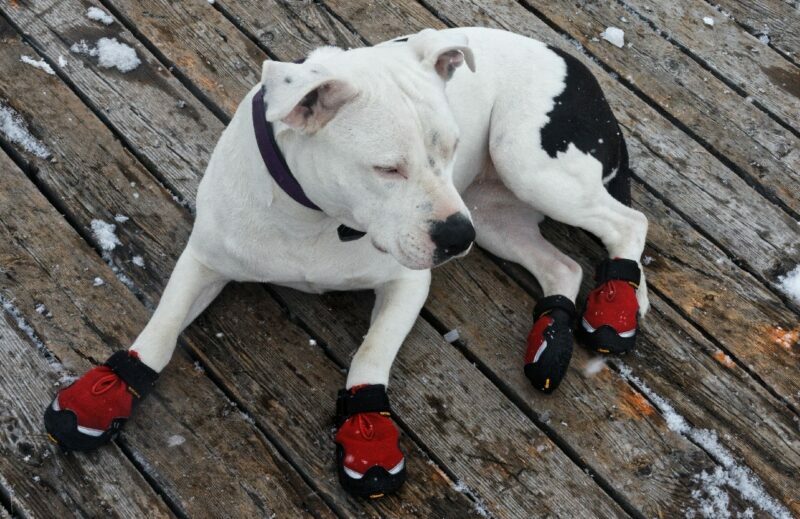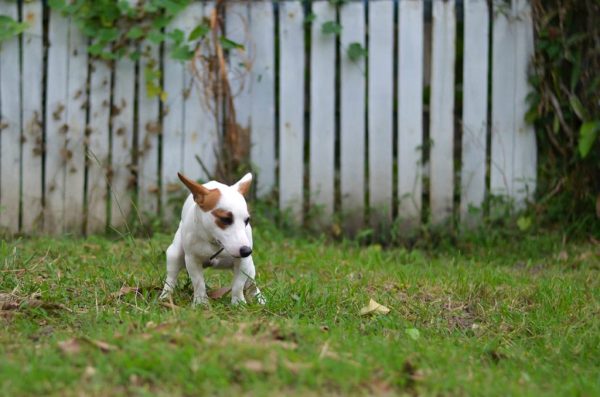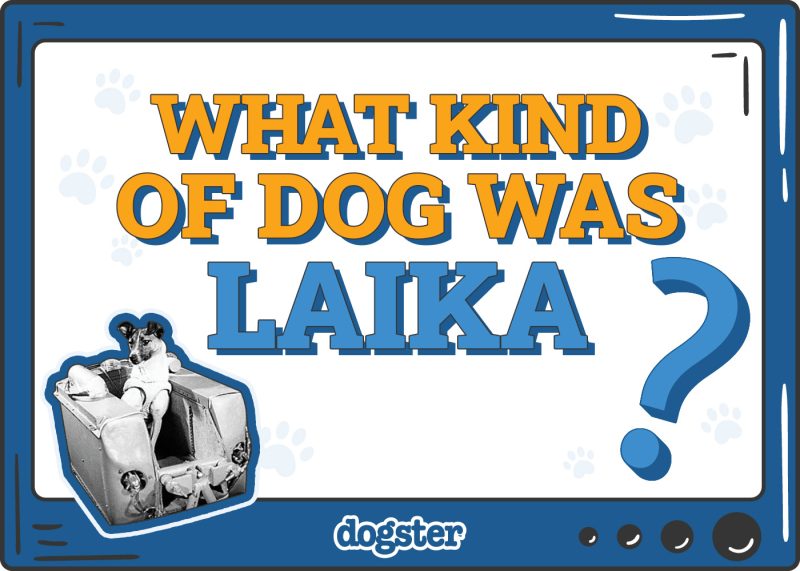In this article
Dog boots are a popular accessory for sensitive dog paws when there’s muddy, dirty, icy, or otherwise inclement weather outside. It helps protect them and keep them clean, but that’s not all. If you’re trying to decide whether dog boots are a good idea, we’re here to offer a balanced view on the topic. It’s hard to see any drawbacks to using dog boots, but they exist. Scroll below to determine whether dog boots are the right fit for your pup or not.

Pros of Dog Boots
Dog boots are widely popular, but why? Aren’t dog paws suited to the ground? Yes, dog paws are usually good for walking on bare ground, but like our feet, they’re sensitive to rocks, thorns, slippery ground, and more. Providing a barrier from the ground can protect your dog from the worst the ground has to throw at them. Let’s examine the pros in more detail.
1. Improved Paw Traction
Quality non-slip dog boots can boost traction on uneven or slippery ground, such as muddy forests or icy pavement. This can prove essential if your dog likes to accompany you on perilous hiking trips or wintry hunting trips where the ground shifts. Non-slip orthopedic boots are also available for dogs with mobility issues to help prevent falls on slippery surfaces. Speak to a veterinarian if your dog has mobility issues to see if boots would be a good option for them.
Did you know you can speak to a veterinarian without having to travel? Just head over to PangoVet. It's an online service where you can talk to a vet online and get the advice you need for your pet — all at an affordable price!

2. Increased Paw Comfort
Dogs can go barefoot, but a good pair of boots can help their paws feel more comfortable when you’re out and about. Like us putting on shoes, dog boots help your pooch’s paws not feel every pebble and crevice on the ground. Before taking your dog on a long outdoor trip, consider the terrain. Is the ground rocky and uneven or relatively smooth? Hilly trips through the forest may call for dog boots, while a short flat trip over cool concrete or grass makes them overkill. Once they get used to it, some dogs love wearing boots outside.
3. Protection Against Injury
Dog boots are crucial if your dog comes with you on outdoor escapades. Dog paws are sensitive to temperature—sweltering cement and freezing snow, in particular. If you can hold a hand to the ground and it’s too cold or hot, that means it’s too hot or cold for your dog’s paws too. They can also prevent exposure to harmful substances such as road salt. In some situations, a dog boot can be used to help protect a healing paw injury, such as a cut or scrape, for short periods of time when a dog needs to go outside.


Cons of Dog Boots
Dog boots are definitely very useful for certain situations, but they’re not a must-have. If you don’t go on long trips over questionably hazardous terrain outside, they might not be necessary at all. In fact, dog boots have some notable drawbacks that we should mention to help you make up your mind about whether they’re worth using or not.
1. There’s a Risk of Physical Discomfort
Many dogs never get accustomed to wearing boots, as it’s just not natural for them. Dogs don’t have a long history of wearing shoes like we do, so that only makes sense. Boots interfere with a dog’s ability to grip the ground with their toenails, and their paws can become hot and sweaty inside the boot. Discomfort is amplified if the shoes aren’t the right size, but some dogs may still hate wearing properly sized boots.
Dogs are so used to just walking around on their paw pads that boots are foreign to their limbs, and you shouldn’t force them if they truly despise them. If your dog seems visibly uncomfortable or stressed while wearing boots, we suggest trying to just let them go without for a while. You will, of course, need to avoid walking your dog on hot surfaces and be careful on icy days and rough terrain.

2. Sizing Can Be Tricky
Sizing is vital when you’re thinking about getting your dog’s boots. First, have your dog stand with their paw on a blank page. Measure from the top protruding toenail to the back of the paw as your foot measurement. Try to order boots that are as close as possible to this size. Improperly sized boots cause more problems than they solve. Loose boots can slip off entirely, rub at your dog’s paws, or even chafe if they’re made out of sturdy enough material.
3. Boots May Be Poor Quality
Disposable and poor-quality dog boots are a plague upon dog owners. Let’s be honest, cheap boots are almost worse than no footwear at all. The thinnest booties are nothing more than a foot cover for protecting paws from mud, while too-large cheap boots will cause chafing, and sores and make your dog terribly comfortable.

Conclusion: Should I Use Dog Boots?
Dog paw pads are generally pretty tough, and dog boots aren’t always necessary, but there are times and places when boots provide important protection for their paws. Dog boots are a good idea if you take your dog on trips to rocky, hilly, icy, or scorching hot terrain. If you get your dog boots, we highly recommend searching for a reputable brand and getting precise sizing on your order. Introducing dog boots can take some time and should be done gradually. While most dogs take some time to adjust to them, some dogs simply won’t tolerate wearing boots no matter what you do.
Featured Image Credit: otsphoto, Shutterstock


















